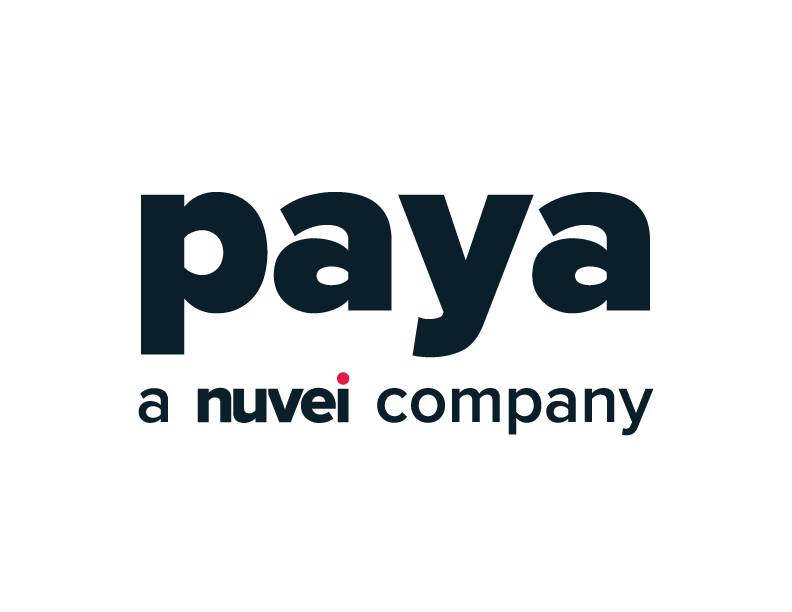
The Pros and Cons of 3 Common Structures
When it comes to integrated payments, and specifically what your software clients pay to accept card payments, pricing models vary widely. By understanding how credit card fees work and aligning those with a model that’s the best fit for your client base software providers can better serve customers and accelerate their own growth.
In this article, we’ll look at some of the most common merchant pricing structures and explain how fees are calculated under each.
Credit Card Fees Explained
There are three main components to the processing fees that every merchant pays:
1. Interchange: The fee that card issuing banks charge merchants to accept the credit cards, which makes up the lion’s share of a merchant’s monthly processing fees. Interchange fees vary based on card type.
2. Dues & Assessments: The fees charged by the Payment Networks. Assessments, which vary by card brand, are a set percentage of the amount of the sale and the same for every transaction processed.
3. Acquirer processing or gateway fee: Charges from the payment services provider for setting up and maintaining a merchant account. How and how much a processor ’marks up’ the other charges as its fee is what separates one provider’s pricing from the next.
Let’s dive into the most common merchant pricing structures in the market today and explore the pros and cons of each.
What is Tiered Merchant Pricing?
A tiered pricing structure bundles interchange fees into a small number of tiers. Each tier is then assigned a single charge.
The most common tiered pricing structure consists of three tiers: qualified, mid-qualified, and non-qualified. The two things that determine what interchange category a transaction will fall under are how the transaction is accepted (swiped, manually keyed, via a website, etc.) and what type of payment card is used (debit, credit, reward card, corporate card, etc.).
Pros and Cons
From a software client’s perspective, tiered pricing can be economical if the merchant has mostly qualified rates. Qualified rates are the lowest and the transaction rates increase for each tier. Tiered merchant pricing is straightforward but not always the most transparent as payments services providers generally quote a qualified rate where only a subset of transactions will land.
Adding complexity, merchant services providers each set their own tiers including pricing. What is consistent across providers is that the price of each tier is set high enough to cover the most expensive interchange type in that category. This means merchants pay more for transactions with lower wholesale interchange rates as they are grouped together.
Card brands also adjust interchange categories twice per year. These increases usually affect only one or two interchange rates, but these rate changes can raise the rates on entire tiers – meaning merchants pay more on all interchange categories within that tier.
What is Flat Rate Merchant Pricing
Under flat rate merchant pricing, the merchant services provider charges the same fee for every transaction regardless of card type or source.
Pros and Cons
On the surface, flat rate pricing seems like the optimal method for software clients that want easy accounting as everything is included in one simple rate.
Flat rate pricing is best suited for merchant’s that have low credit card processing volume. But, as business ramps, the failings of flat-rate pricing start to show through:
- Cost: Transactions like debit card payments have low interchange costs, which would normally mean lower processing fees; however, because paying a flat rate lumps all transactions into a single fee towards the upper end of the spectrum, merchants with a percentage of debit cards in their transaction mix pay more in the end.
- Less-detailed recordkeeping: With flat rate fees, it’s virtually impossible to know what methods customers prefer to pay with – debit or credit card, in person or online purchases.
- Not refund-friendly: When merchants issue refunds only a portion of the fee paid is returned as the other portion goes to cover non-refundable transaction fees.
What is Pass-Through Pricing?
Pass-through pricing charges merchants the actual interchange and dues & assessments from card issuers and card brands and an additional fee from the payments services provider.
Pass-Through Pros and Cons
Instead of lumping all transactions together with a single fee or tier, pass-through pricing lets merchants pay less when the interchange rates are lower.
The potential downside to pass-through merchant pricing is complexity—the concept can be difficult for software clients to understand. But, despite the intricacy, it typically results in the most competitive pricing and lowest processing costs by delivering a set, disclosed and consistent profit margin and an understanding of the exact impact from interchange fluctuations.
Key Merchant Pricing Considerations for ISVs
Choosing a pricing model has a huge impact on software clients as well as your ability to monetize payments, and a one-size-fits all approach might not be right for you. At Paya, a Nuvei company we take a tailored approach to partnership, and flexibility is at the core of the value we deliver.
We can accommodate all merchant pricing and funding models, and we work together with our partners to determine the best path to achieve their goals. This may mean flat rate pricing is the best choice for a segment of your customer base while a pass-through model is a better option for another. Leverage our deep domain expertise in merchant pricing and growth acceleration to craft a merchant pricing strategy that’s right for you and your clients.
